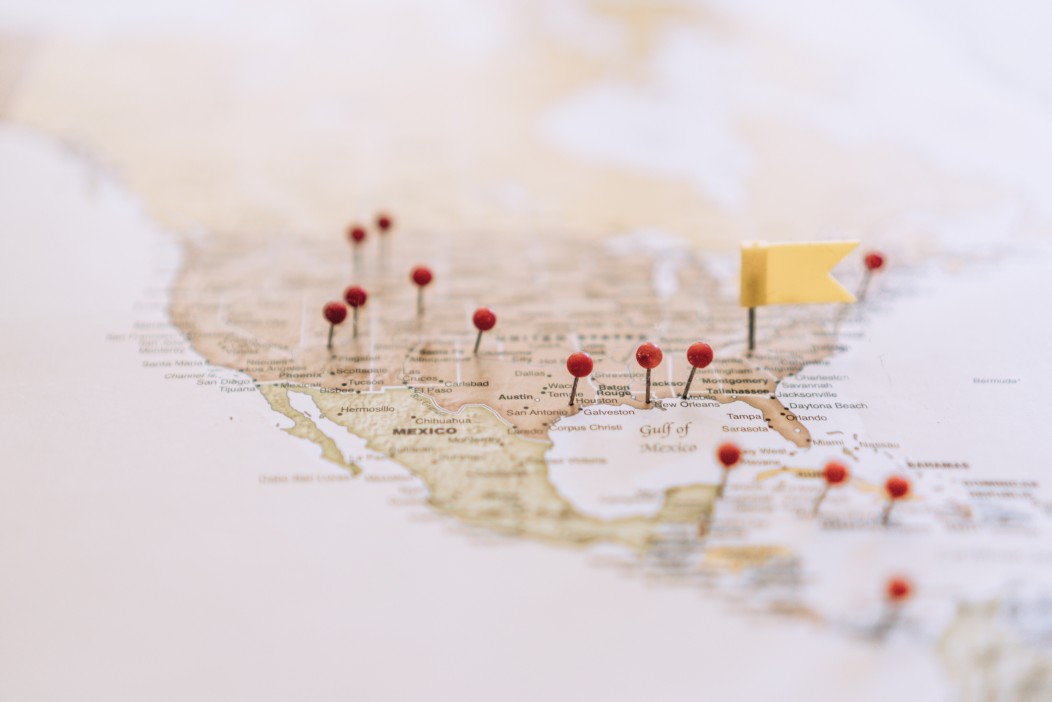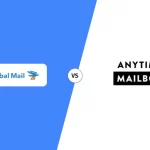ZIP Codes are just part of our normal everyday life at this point in the United States, but they weren’t always around. In fact, it may surprise you to learn (just a minute) about how relatively brand-new ZIP Codes are in the grand scheme of things – as well as why they were created in the first place. A huge cornerstone of our modern mailing solution these days, it’s really hard to imagine what it would be like to send a package, a parcel, or a piece of mail without a ZIP Code attached. We are all just so used to including these kinds of codes somewhere on our address label that leaving them off – or not even having them in the first place – feels completely and totally foreign.
Well, by the time you are done with the inside information below you’ll not only know whole lot more about the history behind the ZIP Code (and what an interesting history it is) but you also know how ZIP Codes are assigned, whether or not there are any special ZIP Codes out there, and a bunch of other little factoids about this crucial part about mailing system that might be helpful on a trivia night contest! Ready to jump right in? Let’s get into it!
What is a Zip Code?
Though the United States Postal Service (in one form or another) has been delivering mail to addresses all over the country since before America even was a country, our ZIP Code system wasn’t actually first introduced until the 1960s. But we’ll get to that a little more in depth in just a moment. First, it’s important to actually go over what a ZIP Code is and why it is such a huge part of our mail system today. A ZIP Code – or a Zoning Improvement Plan Code – was cooked up originally in the early 1940s when a postal worker recognized just how difficult it was to locate different packages, parcels, and envelopes across our great country with any real efficiency.
This postal worker, a Philadelphia based Postal Inspector by the name of Robert Moon, came up with the idea of a national three digit code that could be used to assign different locales around the country – originally attached to major cities and the rural areas surrounding them – in 1944. This was right around the end of World War II when a mountain of mail was moving through the USPS. At the same to, soldiers were coming home and building houses left and right – with new addresses springing up all over the country – and expansionism was definitely taking hold in the United States.
All of that mail was gumming up the traditional system of getting pieces of mail where they needed to go with any real speed, and the USPS decided to implement a method that was similar to the one that Mr. Moon proposed in 1944. Instead of using a three digit system, though, the USPS decided to go with a two digit local zone number – eventually combining the two ideas to come up with a five digit system that would later grow to be the ZIP Code platform that we know (and love) today.
Originally, however, cities and their surrounding areas were given a two digit designation (number 16 for Minneapolis, for example) and postal workers were responsible for handling the rest of the heavy lifting in figuring out exactly where the address a specific piece of mail was supposed to go would be located.
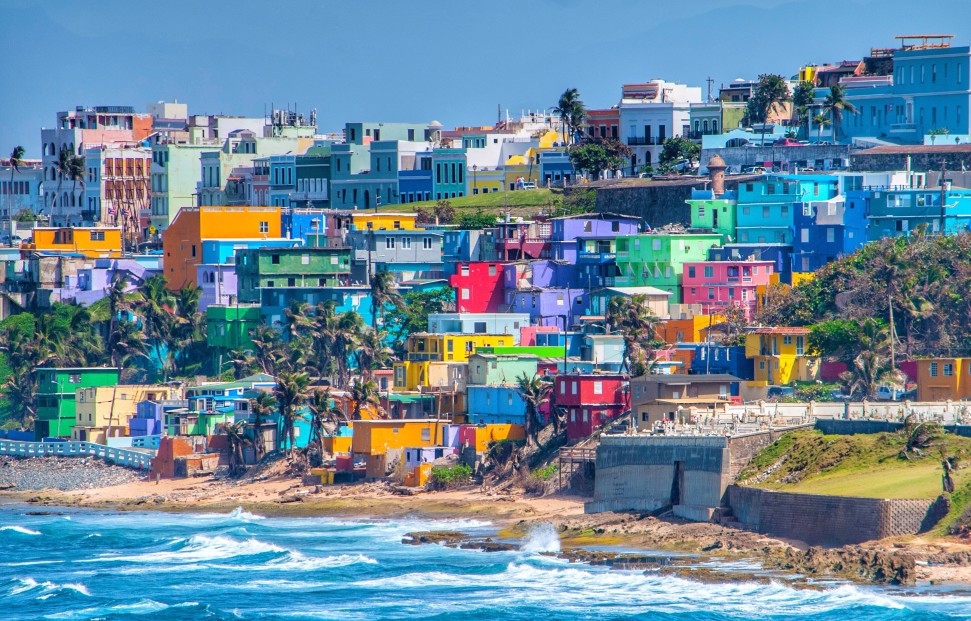
Where Was the First Zip Code Issued?
Interestingly enough, the very first ZIP Code – the very first ever five digit ZIP Code, anyway – ever used by the United States Postal Service was granted to Adjuntas in Puerto Rico. This was because the ZIP Code system was fully embraced and implemented in 1963, and the zone maps that have been created by the United States had Puerto Rico as the “first” part of the United States with the map moving from right to left across the country.
This first-ever ZIP Code was 00601, designating a decent chunk of Puerto Rico as the first Zone Improvement Plan (ZIP) in the United States. As highlighted a moment ago, the ZIP Codes then began to move up in number from East Coast to West Coast with ZIP Codes like 01001 being given to Agawam, Massachusetts and 90210 famously being given to Beverly Hills in California. Interestingly enough, the lowest ZIP Code number in the USPS system right now sits at 00501 and is given specifically to the Internal Revenue Service located in Holtsville, New York. The highest ZIP Code number in the USPS system is 9950, and that ZIP Code was given to Ketchikan, Alaska – the Western most location according to the Zone Improvement Plan mapping system, anyway.
How Are Zip Codes Assigned?
One of the most important things to realize is that ZIP Codes are not granted or assigned by any specific border that you find on a traditional US map. A lot of people are under the impression that ZIP Codes are assigned by state, or that different state and town borders help to break up and designate different ZIP Code numbers that are attached to different locations. That’s not at all what the situation is. Instead, ZIP Codes have broken down and assigned according to the Zone Improvement Plan that was established by the United States Postal Service to better delineate different delivery routes inside of their own internal systems. A lot of people are surprised to learn this, not at first understanding that the whole ZIP Code system was created to improve overall mailing efficiency and delivery. However, when you start to compare different ZIP Codes on a map – like the ZIP Code for Christian County, Kentucky and Montgomery County, Tennessee (it’s the same ZIP Code, 42223) or the ZIP Code for both Lake County, Oregon and Modoc County, California (97635) – it becomes a lot easier to understand.
The borders that are drawn up only have to do with regional hubs of the US postal system, how different postal routes are put together, and how the USPS has decided to better split up and create different delivery routes across the board. This is how you end up with the United States Navy all over the country (and abroad) all having ZIP Codes that begin with 095, for example. Once you understand that state borders are not determining factors that influence how these ZIP Codes got assigned (only incidentally, really) the whole ZIP Code map becomes a lot easier to understand going forward.
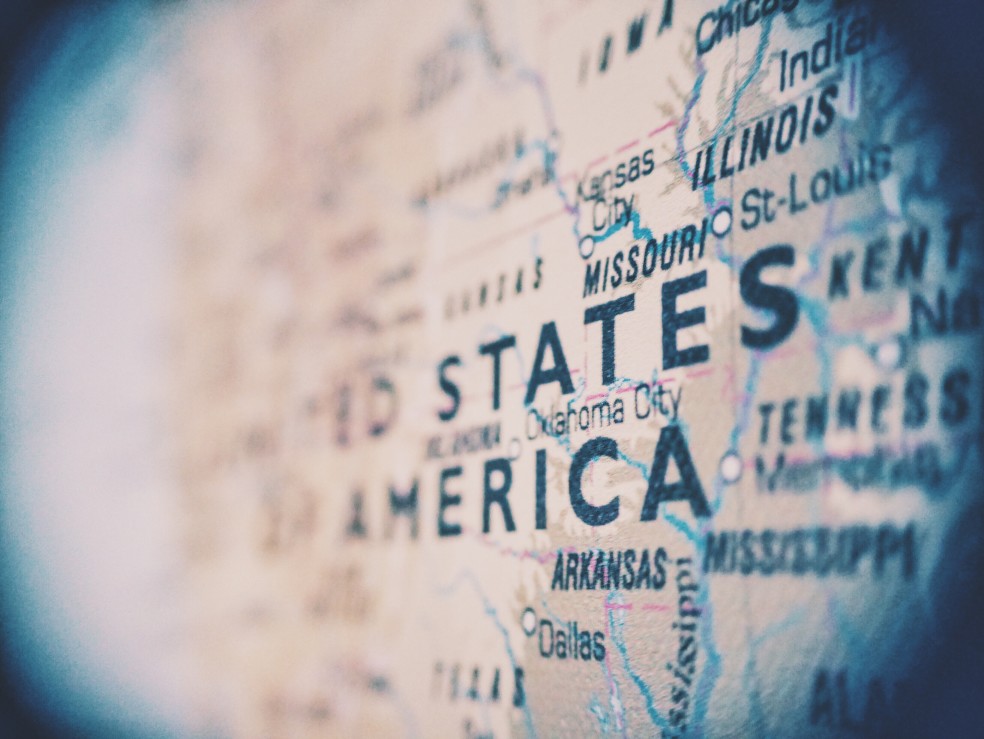
What’s the Zip Code +4 System?
While the original ZIP Code platform worked absolute wonders in the 1960s to make delivering mail a whole lot easier and a whole lot more efficient, the USPS decided in 1983 (20 years after they adopted the five figure ZIP Code) to improve the system even more so. 1983 was when the USPS decided to include +4 to the end of their ZIP Code designations, making these ZIP Codes a full nine digit code and helping to speed up deliveries even more so. Now these extra four digits help to designate different delivery segments along different streets, different city blocks, and even in different apartment groups – especially if one area or another has a high volume of mail that needs to be delivered.
Again, this does not have anything (necessarily) to do with geographic borders or the like. You could have two apartment buildings right next to one another in downtown Boston, and if both of them get skyhigh mail volume on a regular basis the odds are pretty good that each of them would have a unique +4 ZIP Code designation. But if the apartment building on the left was built in the 1990s and the apartment building on the right was built in the 2000s the chances of them having consecutive +4 ZIP Code designations (even though they are physically situated right next to one another and may have consecutive street addresses) are slim to none.
Are There Any Special Zip Codes Out There?
There are a whole bunch of really unique ZIP Codes out there, including the famous 90210 code for Beverly Hills used the title of the same television program that we mentioned earlier. We also mentioned earlier that the IRS has the lowest ZIP Code designation in the country all to themselves, but you might be interested to know that only two people in the country have their very own ZIP Code as well.
Both the President of the United States and the First Lady have their very own unique ZIP Code designations that they – and only they – enjoy. The ZIP Code for the President is 20500–0001 with the ZIP Code for the First Lady being 20500–0002. Each of these ZIP Codes are “branches” of the ZIP Code for the White House (20500), with a number of other +4 ZIP Code designations for different branches, offices, and segments of the White House included as well.
One other “person” has been given their very own ZIP Code, and that is Smoky Bear – the mascot for the US Forest Service. Because of his popularity and a major advertising campaign put together in order to fight back against forest fires, Smoky began to receive a tremendous amount of mail. The amount of mail that he was receiving on a day-to-day basis expanded so greatly that he was given the designation 20252 – a ZIP Code designation that Smoky still enjoys today (even though it was deactivated/decommissioned for a short amount of time in the early 90s).
Another really interesting ZIP Code out there is the ZIP Code for the town of Conyngham in Pennsylvania. The 2000 people that live in this town use the ZIP Code 18219, but are completely surrounded on all sides by the town of Sugarloaf in Pennsylvania that uses the ZIP Code 18249. It’s the only place in the United States where one ZIP Code sits entirely inside of another ZIP Code!
Other Interesting Facts You (Probably) Never Knew About Zip Codes
The ZIP Code itself is made up of digits that correspond to a variety of different designations as per the USPS Zone Improvement Plan we mentioned earlier. The very first digit in the code is the National Area regional code, with the second digits pertaining to the Sectional Center or largest regional post office. The last two digits of the original five code ZIP Code are directly related to associate post offices or the actual delivery area. As far as the numbers for the +4 ZIP Code additions, the first two digits here relate specifically to streets for large buildings. The second two codes relate to the side of the street that the building sits on or the specific floor that the address is located on.
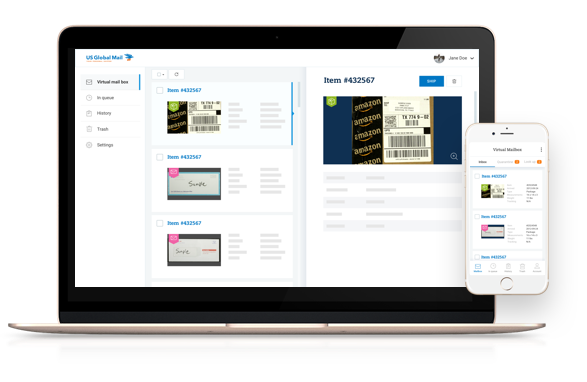
Choose a Modern Approach to Receiving Mail – US Global Mail
At the end of the day, using a ZIP Code is a huge part of how we send packages, parcels, and other pieces of mail through the USPS – but wouldn’t you like to use a more modern solution when it comes to receiving your mail?
That’s where US Global Mail comes into play.
One of the most innovative, well-respected, and trusted independent mail services in the United States, US Global Mail customers enjoy physical street addresses, mail scanning and mail forwarding solutions, as well as package receiving services (and so much more) the moment that they sign up for an account.
If you’d like to learn a little bit more about everything that US Global Mail has to offer, or would like to better understand how this modern mail solution can make your life a little easier and a lot more convenient, please don’t hesitate to check out the information on their website. There’s a reason why thousands of people have decided to move away from using USPS or third-party mail acceptance services and instead embrace everything US Global Mail brings to the table.

